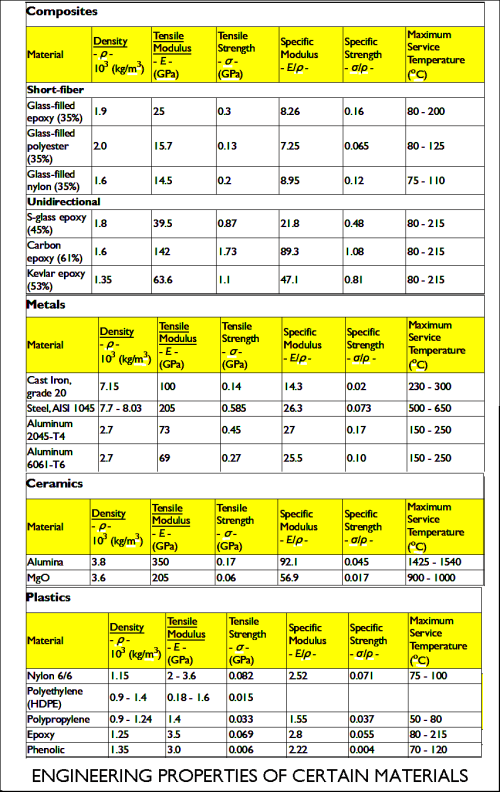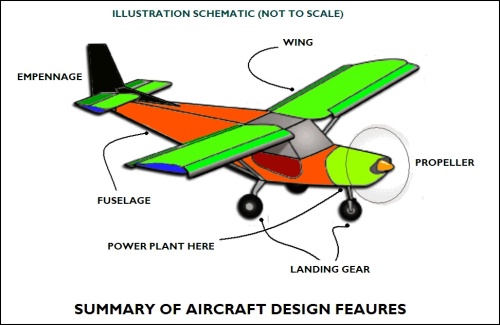India has an estimated 638,596 villages; about 44,865 in these (roughly 7%) are uninhabited. These villages are home for an estimated 175,000,000 families (about 875 million people). The average percapita real earnings of village people is a paltry Rs.1,250 (about $25), against a minimum decent living earnings for an Indian today at Rs.75,000 ($1,500) per annum. The Government of India does not offer more than Rs.10,000 per individual as the total wages under the National Rural Employment Program (NREP); and that too for just one person per family. This makes it mandatory that we find and create Development schemes those would help these villagers earn at least the minimum decent living needs.
How may we raise the living standard of such a huge population of 875 million?
The answer lies in TOTAL VILLAGE DEVELOPMENT PROGRAMS (TVDP), as against the current Industrialization and “Globalization” that has no relevance to local needs and resources. It is noted that an average village in India has about 350 ha of “productive” land. This is an effective total of 223,508,600 ha of
village/ farmland. On the basis of average per ha vegetation growth of 45 T (“green” weight), the estimated total green weight biomass in Indian villages would be 10,057,887,000 T. Additionally, one-fourth of the total estimated population of 875 million in the villages are in need of decent livelihood benefits (with average decent living standard percapita earnings of not less than Rs.75,000 per annum). This is a whopping total of Rs.16,406,250,000,000. If this is 12.5% of the total value of “Wealth” creation, the annual wealth generation should be Rs.131,250,000,000,000 ($2,853,260,869,565). We may note that India’s villages do have the following “wealth creation Potentials”:
1. Power potential (both Heat and Electricity combined) …………….. 274,600 MW
2. Bio-conversion Products (Engineering materials, Bio-petrochemicals) … 3,017,064,360 T
[Total Values at current rates … Rs.150,853,218,000,000 ($3,291,280,502,600)]
The questions: How do we arrive at such a development model? Do we have the Technology, Managerial capability and Entrepreneurship for these to happen? The answer to these questions is: YES We too CAN! Please also read: http://agrobiogenicscleantech.wordpress.com/2010/11/20/cleantech-euphoria/
Let us consider just TWO examples of Vegetation systems/ Plant growth – The Coconut Tree and Banana Tree … We may estimate the Coconut Tree resources in India’s coastal region alone as 18,768,750,000 T; and the total Banana plantation/ vegetation based resources would be 202,500,000 T. These are “Green” weights (with the water content also considered. Since there are both “food” materials and agro-wastes in these two Biomass categories, we shall consider only 50% of the biomass as being available for non-food conversions. While the entire available Banana tree biomass could be converted into Biogas based Methane, that from Coconut tree shall be considered for conversion into Engineered Products. The following are the Biomass conversions from Banana Trees and Coconut Trees [Note: The main Coconut tree could be considered as having a productive life of 60 years; hence the “dead tree” resources are computed on that basis = 63,750,000]:
1. Power generation through Banana Tree conversions ………………… 8290 MW
2. Power generation using 50% of available Coconut tree biomass … 3350 MW
2. Engineered products using balance Coconut Tree conversions ….. 50,595,237.5 T [Total Values of Products and Energy = Rs.2,530,264,723,000]. All these are waiting to happen
It is time that we re-look at the current euphoria of so-called Cleantech through Solar, Windmills, Atomic Power, Hybrids and so on. Nothing seems to have been done or thought of in taking advantage of the greatest readily available REAL Cleantech … the Alternate more Sustainable CLEANTECH THROUGH
BIOMASS! Are the world’s scientists, entrepreneurs, academicians, environmentalists, and all those involved in this huge lobbying of “CLEANTECH” listening?
AGRO-BIOGENICS and TVDP
AGRO-BIOGENICS are Working toward mitigation of Global Warming and Poverty (GWP), reducing the gap between “rich” and “poor” … with ultimate Objective of Providing decent Livelihood Earnings to every able bodied man/woman in villages. We do not follow, copy or mimic any so-called “State-of-the-Art” technology and also do not consider the same as relevant in India’s context. India has over 638,000 Villages where about 900 million people live, and where almost all our non-forest Renewable Resources are available. To
us, the contention that an alien technology (which are mostly developed in Temperate Zone climatic conditions of the Western world), could be “adapted” to suit our condition is NOT acceptable. We would even go to the extent of “reinventing the wheel” if it is warranted to suit to our Local Needs and Conditions. We call up on Entrepreneurs/ Universities/ R & D Institutions for Joint Ventures that would utilize AVAILABLE RENEWABLE RESOURCES (Plants/ vegetation/ Animal matter/ Food wastes/ Organic Wastes)
HOW WE OPERATE: We encourage every Village in this country to be converted into a Limited Company, where the Members/ Shareholders are the “Kartha’s” of each family in the village. The said Company would become the entity connected with the entire operational aspects of the Village. While the Company would enter into arrangement/ agreements with “outside” agencies/ institutions for the purposes of development, the management and operational powers shall be vested with the local Members of the Village Company. AGRO-BIOGENICS would enter into an arrangement with ONE Prime Village Company in each of the 641 Districts in India. Each such “Primary” District Village Company would be named AB-APIX Prime_Village Co. For example, we are soon entering into our First such arrangement in a Karnataka State District = MANDYA. The Village name is SAMPAHALLI. The said Primary Company would be named: AB-APIX_MANDYA SAMPAHALLI Company . Mandya district has Seven Talukas (Mandya, Malavalli, Maddur, Pandavpura, Krishna Raj Pet, Srirangapatna and Nagamangala). The said APIX Prime Mandya Co would enter into arrangement with one Secondary Co in all Talukas. Thus, APIX_MANDYA-SAMPAHALLI would enter into arrangement with SIX other Taluka Co’s. Example would be: APIX_MANDYA-MADDUR-HULIKERE
Company (where the First Taluka Co for association with the Mandya Prime Co would be in Hulikere village)… Note: this is just for an example; in acrtual practise the Village may be different. Here, the village Hulikere is a village in Maddur Taluka of Mandya district. Each such Secondary APIX Co would enter into arrangement with every other Village within the Taluka under its jurisdiction. The total number of Villages in Mandya district of Karnataka is 1478. Agro-Biogenics (AB) would support each Primary APIX Village Company in the Districts level through 100% Know-how, Management, technology and even Day-to-day Administration.
AB would become a shareholder of every Prime Village APIX Company (one each in the 641 Districts all over India). Each Primary Village APIX Co would become shareholders of the Secondary Taluka Level APIX Village Companies; and these Taluka level Companies would become shareholders in the various village Companies in each such Talukas. The modus operandi is as follows:
AB would be a shareholder in the Primary APIX Village companies with 49% Equity + Preference Shares; diluting the same to 19% equity by year 5 end; each Primary APIX Co and the Secondary APIX companies would have corresponding Share participation in the corresponding levels. While AB would offer TOTAL Know-how and Managerial support at the Primary APIX Village Co level, the others would offer the same supports to their corresponding level companies. There are no Royalties, Franchises and any Know-how fees; all supports are LIFE-TIME. Actual “costs” incurred in any of these supports (such as materials, labor, supervision, legal, travel etc) would be to the corresponding Company’s account.
And here is AGRO-BIOGENICS calling Entrepreneurs/Scientists/Technologists/Environmentalists/Social Business groups all over the tropics (particularly in India) to come forward …
JOIN US IN DEVELOPING THE BIGGEST BUSINESSES that would help transform OUR NATIONS into DEVELOPED NATIONS.
We believe that this NEW Business alone could develop and transform our nation into Developed Nation.
Let us work toward simultaneously solving Global Warming and Poverty (GWP), through this new business paradigm

CHALLENGE US WITH YOUR PROBLEMS; EVERY PROBLEM OPENS UP BUSINESS POTENTIALS. WE SHALL CONVERT THOSE INTO BUSINESS OPPORTUNITIES THAT GENERATE WEALTH!
We call up on Entrepreneurs/ Universities/ R & D Institutions for Joint Ventures that would utilize AVAILABLE RENEWABLE RESOURCES (Plants/ vegetation/
Animal matter/ Food wastes/ Organic Wastes)
AGRO-BIOGENICS (Clean-Tech) Pvt Ltd … Bangalore – India
0.000000
0.000000












